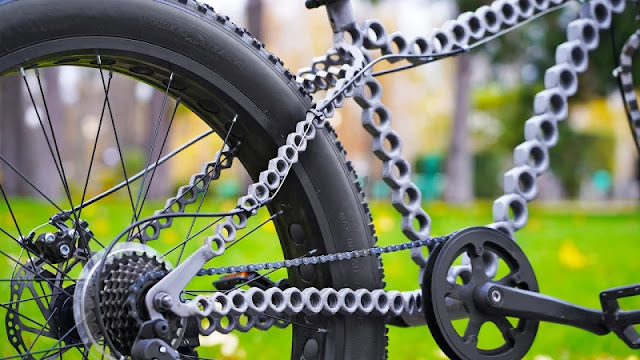When I became a dedicated cyclist, nearly all bicycle frames were made of steel. The differences between frames lay, in part, to the kind of steel used. The best bikes were made of steel that had other elements added to make it stronger, allowing the frame to be made with thinner-walled tubes and therefore lighter in weight.
A few frames were made of other materials commonly used today: aluminum, carbon fiber and titanium. But these materials were used mainly in “experimental” frames or bikes built for the “gee whiz” factor. Since builders and manufacturers didn’t know how to use those materials, the frames either had unsatisfying ride qualities or didn’t last.
Before and since, a few bikes have been made of other materials, sometimes as experiments, other times as jokes. None, however, can compare to the one I’m about to describe: one made from nuts.
I’m not talking about the kind you add to your yogurt or cereal. Rather, I mean the type that thread onto bolts.
So how many nuts did it take to make the frame? 147.
They are joined to make something shaped like a conventional diamond frame. The head tube and bottom bracket shell, however, are formed from steel tubes, as they are conventional frames. And the fork ends and dropouts are cut from sheet metal.
After being welded together, the frame was painted Gray and outfitted with mountain bike tires and other gear. The bike looks tough but I’m not sure I’d want to run it over too many bumps or jumps: I’d worry about one or more of the spot welds failing.
If nothing else, the bike is a unique conversation piece. I wonder, though whether it or anyone—or its creator—who’d ride it is more “nuts!”













